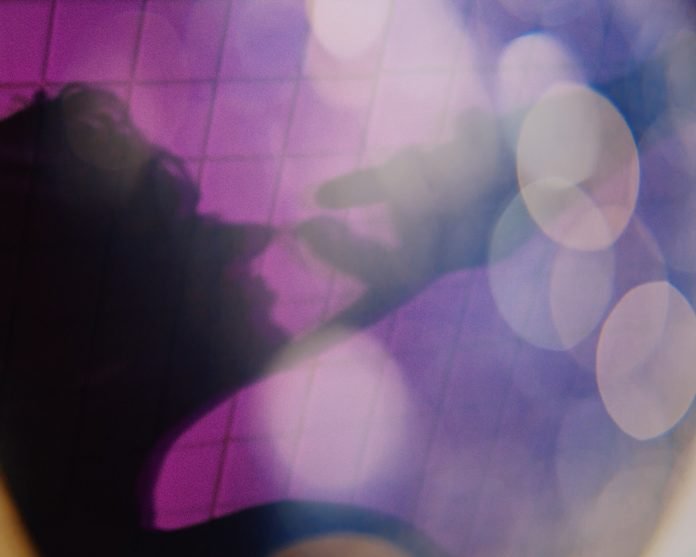In case you have never watched an episode of HBO’s most recent hit, it usually starts with a very explicit scene, either fleshly or conceptually. Then, after learning the characters’ backstories with comprehensive imagery through Rue’s chronicles, we are taken to the present-day lives of the characters, and we are quickly placed into the scene alongside them. By this point, the audience is deeply engaged since flashing scenes in deep purple and blue subtones blend with mesmerizing individuals and vicious lines from an insightful script to create the illusion of chaotic peace. Once shiny makeup, eccentric outfits, unhealthy coping mechanisms, abysmal reflections, and Rue’s pills are in place, we are submerged into the Euphoria universe.
There are countless TV shows about hyper-adultified teenage lives in American high schools that feature the same elements: sex, drugs, and extreme interpersonal relationships. But to hit over two million viewers on the premier of your second season, you must be doing something right. In addition to its profound character development, Euphoria’s biggest appeal is based on the disruptive introduction of controversial themes and its integration with an astoundingly aesthetic production.
The decentralization of the plot from the main character, one of Euphoria’s most valuable features, derives from disruptive precedents. Characters in other shows used to follow closed stereotypes: athletes, cheerleaders, nerds, or the main character who experiences personal growth. Euphoria, on the other hand, moves away from such stereotypical tendencies of the film industry, and it allows the audience to get to know the hurts, fears, and motivations of every single character on the show, disintegrating restrictive stereotypes and staging all of them in the front line. It is a show where there are no villains, because no one is the villain of their own story, and this story is about everyone.
Rue, a 17-year-old opiates addict, is the narrator, and given the nature of her circumstances, her actions are slightly more closely followed. Her love interest, Jules, is comprehensively introduced through a depiction of her childhood traumas and, similarly, the rest of the characters get a profound personality analysis which allows the audience to empathize with them when they have a fallback. Euphoria works through a chain of consequences rather than the direct effects of an antagonist, meaning that the audience perceives people making poor choices and the effect of these choices on others.
Being aware of the character’s backstory allows actions generally perceived as unjustifiable to become, at least, understandable. The characters feel too close to reality, so it becomes harder to judge them on a trivial, good-or-bad scale. This is also intensified by an atmosphere that praises the splendor of trauma via artistic expression.
During the eight episodes and two specials of the first season, the mood was set through pulsating color palettes, intimate takes, and a hallucinatory and fitting soundtrack that “shows off a sense of drama that is at one with visual surroundings.” Likewise, costumes were made to heighten each character’s personality, much like makeup, which according to Euphoria’s makeup artist, Doniella Davy, is “a powerful tool to amplify their greatest features, beyond mere aesthetic and into the personal.”
With the intention of accentuating the strained nature of the plot for the second season, the director, Sam Levinson, decided to transform the visuals of the production by changing from digital shooting to a 35mm-Kodak Ektachrom. Doing so resulted in a different shooting derived from fine grain, richer colors, and better accentuation of skin tones, which ultimately allowed for more powerful takes.
The team behind Euphoria makes sure to pair nudity, drugs, and violence close with familiarity. The script and scenes follow an explicit nature, but the tone and body language of the characters create the feeling of non-impressiveness, implying that there is nothing unusual about snorting OxyContin, being choked by your partner, or blackmailing your classmate over her nude photos. This also allows for criticism to emerge, especially when considering the exposure to younger audiences.
This production is sensationalizing controversial topics left and right: fluidity in sexual identity and orientation, drug and alcohol use, dating apps, webcam pornography, and last but definitely not least, addiction. It is “horrifyingly on target” and this aestheticization of trauma is, in great part, possible thanks to the “the fine line between fetishisation and fantasy blurred throughout.” The result is mesmerizing, it is everything you would never wish for, but in pleasant colors and with an attractive cast.
Some argue that Euphoria is also acting as an introduction to a world some may disregard and a connection for those who live there and feel alone. The reality is that teenagers tend to have a hard time connecting with others in the midst of discovering themselves and many of them experience traumatic events. However, this does not belittle the emotional stress-sensitive viewers can undergo since the show is composed of innumerable scenes that require viewers’ discretion.
In honest words, this teenage drama series is a remarkable production in terms of cinematographic elements. There is a well-developed cast, a creative screenplay and dashing photography, and an element of controversy and sex which is always greeted with excitement by mass audiences.
There is also an interesting question pertaining as to why exactly people are so drawn to a nihilist plot that clearly indicates how things will not end well for the East Highland students. One possible answer is that we are morbid, and we aim to be qualitatively entertained. Another possible answer is that we want to see Rue get clean, and Jules, Nate, Maddy, Cassie, Kat, Lexie, and Fezco, overcome their challenges.
Personally, I believe that we are all rooting for them, so we choose to endure (and enjoy) every episode on Sunday, 9 p.m. ECT.








